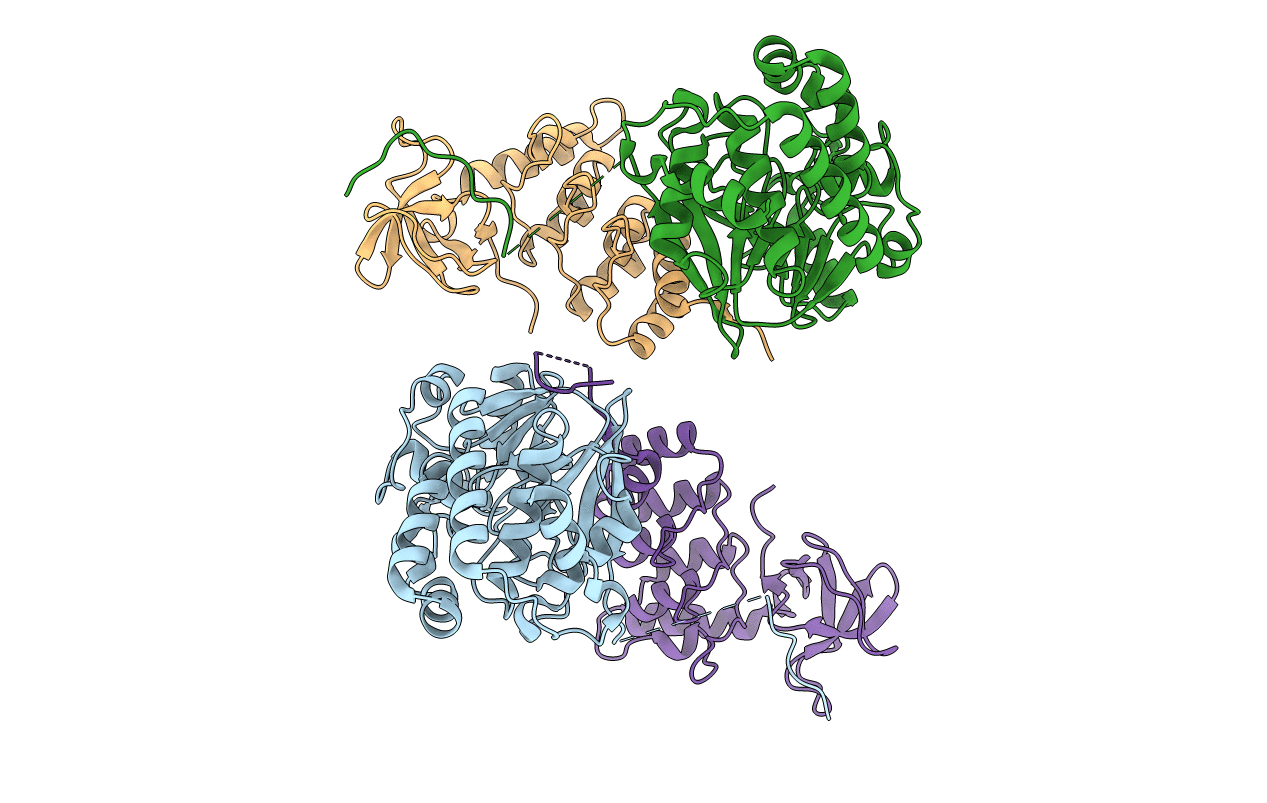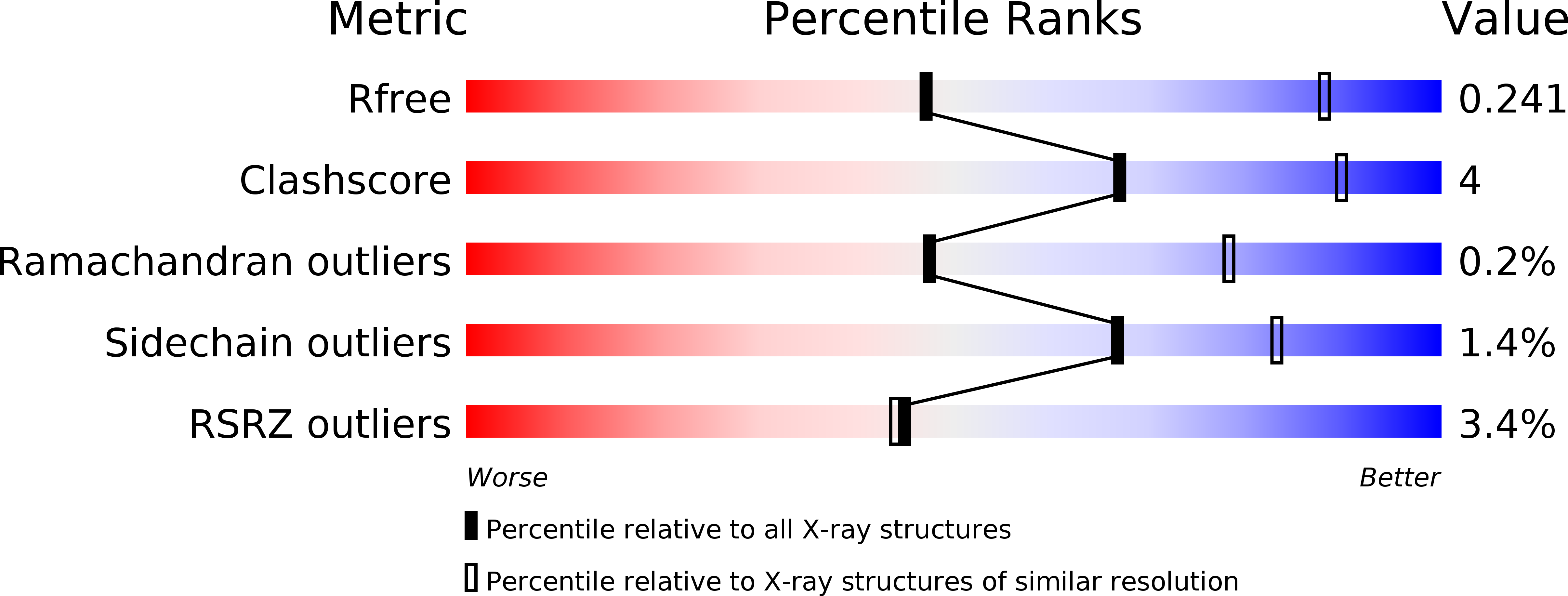
Deposition Date
2018-05-08
Release Date
2019-05-15
Last Version Date
2023-10-11
Method Details:
Experimental Method:
Resolution:
3.41 Å
R-Value Free:
0.24
R-Value Work:
0.18
R-Value Observed:
0.19
Space Group:
P 41 21 2


